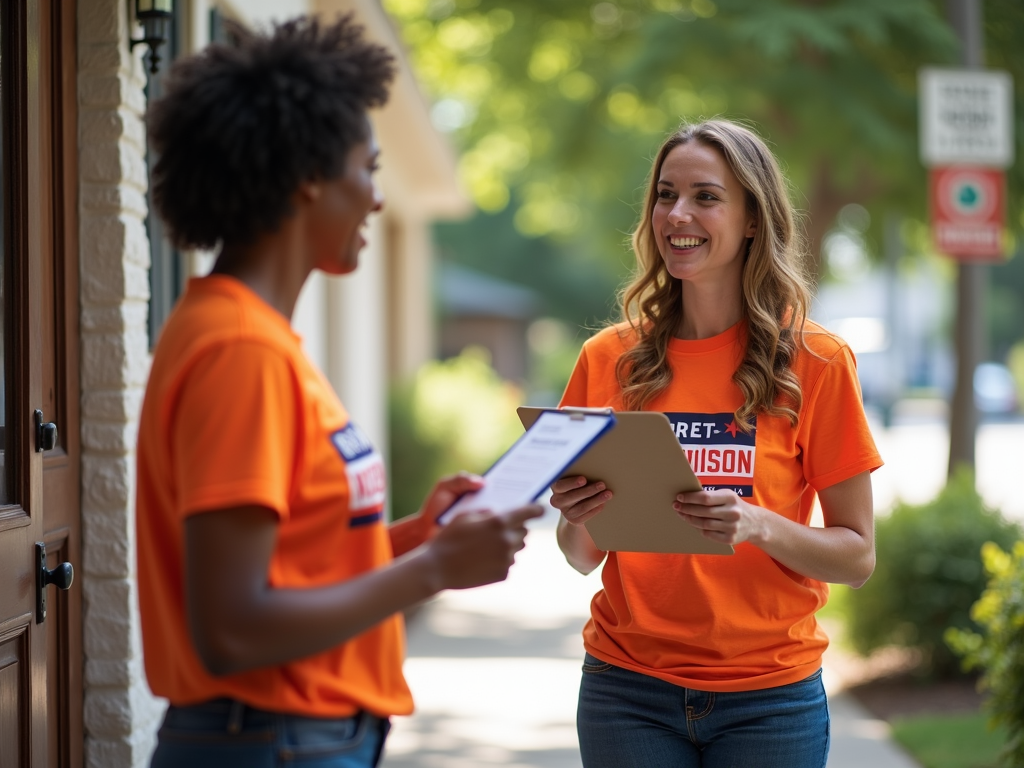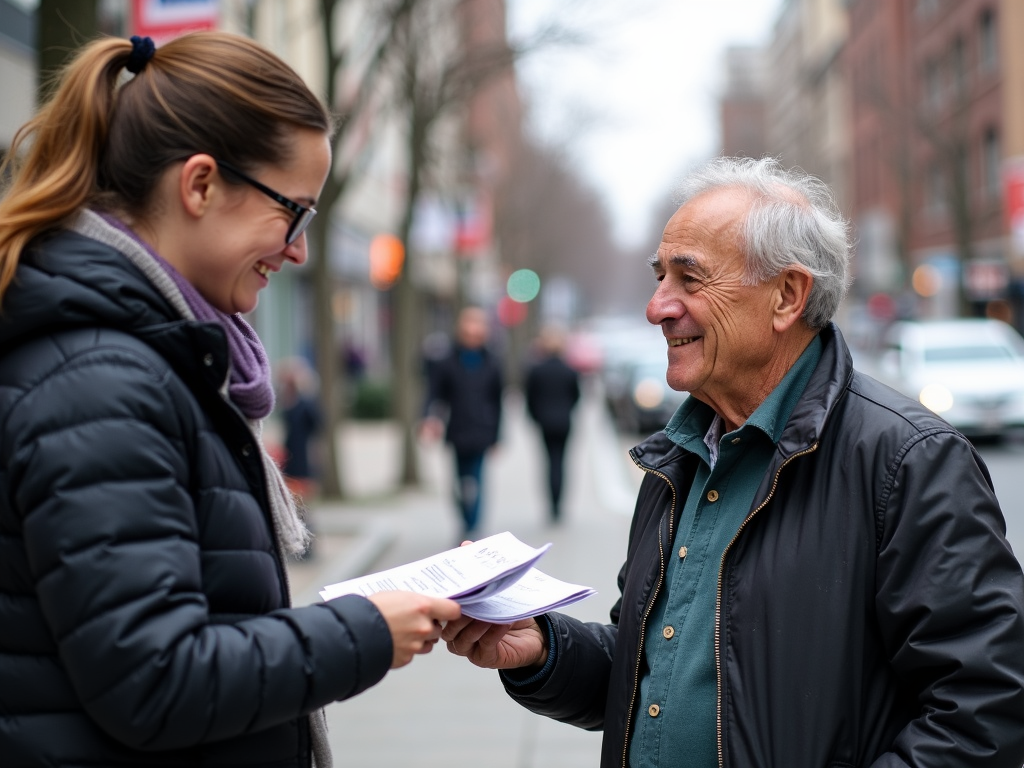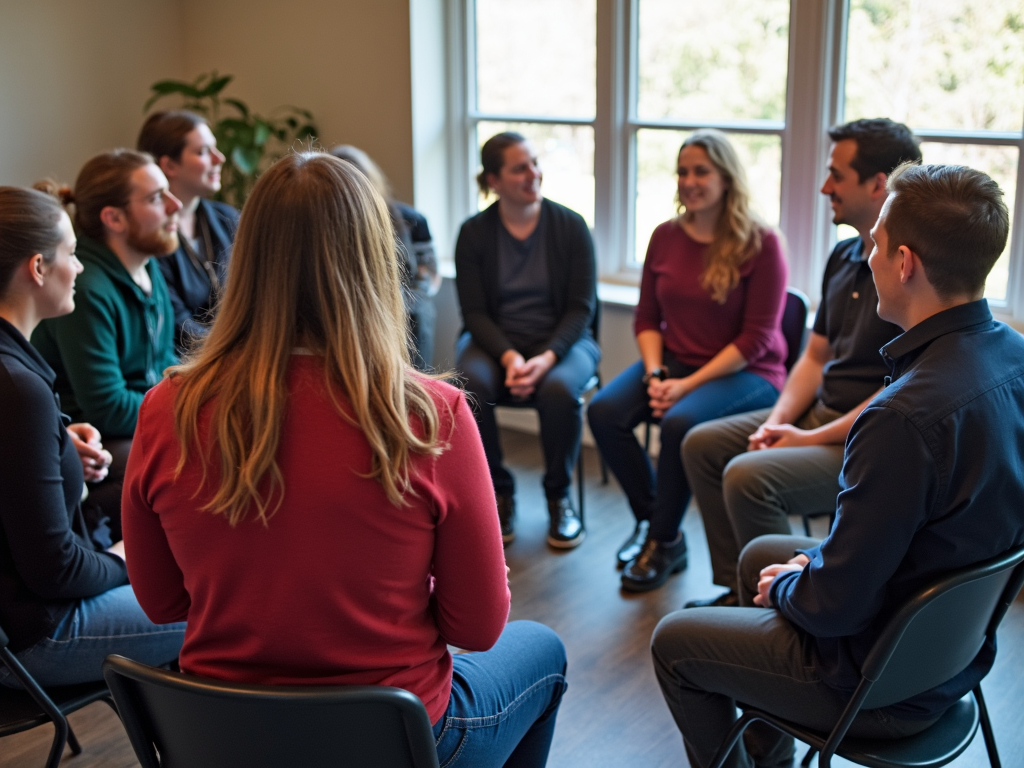Mastering Communication: Effective Strategies for Political Volunteers
By , April 11, 2025
Political campaigns thrive on the passion of volunteers. As a political volunteer, your voice can sway voters and amplify a candidate’s message. This article dives into Effective Communication Strategies for Political Volunteers, offering practical tips to enhance your advocacy volunteering in political campaigns. Whether you’re knocking on doors or posting online, these skills will help you make an impact.

Why Communication Matters in Political Volunteering
Effective communication is the heartbeat of advocacy. Volunteers are often the first point of contact for voters. Your words, tone, and even your posture can shape how people view the campaign. I’ve seen firsthand how a warm smile and a clear message can turn a skeptic into a supporter during a local election.
Core Skills for Effective Communication
Here’s what every volunteer needs to master:
- Clarity: Keep it simple. Voters don’t want long-winded explanations—just the facts.
- Listening: Hear what people say before jumping in with a pitch.
- Confidence: Know the campaign’s platform so you can speak without hesitation.
A study from Harvard University shows that clear communication boosts trust—critical for winning votes.

Know Your Message Inside Out
To advocate effectively, you must understand the campaign’s goals. Memorize key talking points—like the candidate’s stance on healthcare or jobs—so you’re ready for any question. During my time volunteering, I kept a small notebook with quick facts. It saved me when a voter asked about tax policies!
How to Prepare
- Attend training sessions.
- Review campaign materials daily.
- Practice answering tough questions with a friend.
Being prepared builds confidence, and confidence wins trust.

Listen Actively to Connect
Advocacy isn’t just talking—it’s listening. Voters want to feel heard. Nod, make eye contact, and repeat back what they say to show you get it. I once spent 10 minutes listening to a voter rant about potholes. By the end, he was ready to hear how our candidate would fix them.
Active Listening Tips
| Step | Action |
|---|---|
| Pay Attention | Focus fully on the speaker. |
| Show You Care | Nod or say “I understand.” |
| Respond | Address their concern directly. |

Tailor Your Approach
Not every voter is the same. Younger folks might like a quick chat or a social media post, while older voters may want a detailed talk. Adjust your style to fit. I learned this when a teen asked for a TikTok link, while her grandma wanted a pamphlet.
Audience Adaptation Guide
- Youth: Casual tone, tech-savvy examples.
- Seniors: Respectful, detailed answers.
- Busy Parents: Short, practical points.

The Power of Body Language
Words are only half the story. Your posture and tone matter too. Stand tall, keep eye contact, and smile—it shows you’re approachable. Research from APA.org confirms that non-verbal cues can make or break a first impression.
Non-Verbal Checklist
- Arms uncrossed
- Steady eye contact
- Warm, even tone

Persuade with Stories
Facts convince, but stories persuade. Share why you support the campaign. I’d tell voters about my cousin’s struggle with healthcare costs—it made the candidate’s plan real. The National Storytelling Network notes that stories stick in people’s minds longer than stats.
Crafting Your Story
- Keep it short.
- Tie it to the campaign’s goals.
- Practice it until it flows naturally.

Handle Tough Talks with Grace
Some voters will disagree—or even argue. Stay calm. Listen first, then respond with facts. If it gets heated, say, “I appreciate your view—let’s agree to disagree,” and move on. I’ve diffused plenty of tense moments this way.
De-Escalation Steps
- Breathe deeply.
- Acknowledge their point.
- Pivot to a positive note.

Use Tech to Amplify Your Voice
Social media is a game-changer for advocacy volunteering in political campaigns. Share posts, join live chats, or text voters. Just keep it professional. I once tweeted a candidate’s promise and got 50 retweets—small actions add up.
Digital Tools
- Twitter for quick updates
- Zoom for virtual meetups
- Text apps for reminders

Show Empathy Every Time
Voters connect with people who care. If someone’s worried about jobs, say, “I get it—that’s tough,” before explaining the candidate’s plan. Empathy builds bridges. I’ve seen it turn doubters into volunteers.
Keep Getting Better
No one’s perfect at first. Ask for feedback after every event. Join a public speaking group like Toastmasters. Every chat with a voter is a chance to grow.

Summary
Being a political volunteer means mastering Effective Communication Strategies for Political Volunteers. From listening to persuading, every skill counts. Use these tips to advocate with confidence and connect with voters. You’re not just a voice—you’re the campaign’s heart. Want to dig deeper? Check out the recommended readings below.